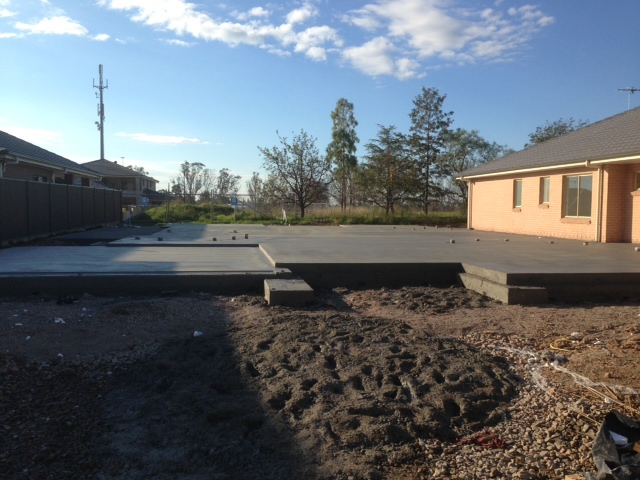What is concrete pumping and how it is done?
Concrete pumping is a construction technique
used to transfer liquid concrete from a mixing truck or batching plant to the
desired location on a construction site. This method is efficient, convenient,
and cost-effective, particularly for projects that require concrete to be
placed at a considerable distance, in elevated locations, or within
hard-to-reach areas. Concrete pumping is commonly employed in various
construction applications, including building foundations, bridges, high-rise
structures, and even residential projects. Here's how concrete pumping is done
and why it's valuable in the construction industry:
The
Concrete Pumping Process:
Concreter Sydney works
on concrete pumping which is the process involves the use of specialized
equipment known as concrete pumps. These pumps are designed to handle and
transport liquid concrete efficiently. There are two main types of concrete
pumps:
1. Boom
Pumps:
Boom pumps are equipped with a robotic arm
(boom) that can extend to reach the desired location for concrete placement.
The boom can be articulated and maneuvered to navigate around obstacles and
access hard-to-reach areas. Boom pumps are ideal for tall structures, such as high-rise
buildings and bridges.
2. Line
Pumps:
Line pumps, also known as trailer-mounted pumps,
use flexible hoses to transport concrete to the placement site. They are
suitable for projects with lower vertical and horizontal reach requirements.
Line pumps are often used for residential foundations, slabs, and smaller
construction sites.
The
Steps in Concrete Pumping:
The concrete pumping process typically involves
the following steps:
1.
Concrete Mixing:
The process begins at a concrete batching plant,
where cement, aggregates (such as sand and gravel), water, and admixtures are
combined to create the concrete mix.
The concrete is mixed to the desired consistency
and quality standards.
2.
Concrete Loading:
Once the concrete mix is ready, it is loaded
into the hopper of the concrete pump.
The hopper is a large funnel-shaped container
that holds the concrete before it is pumped.
3.
Pumping:
The concrete pump, whether a boom pump or a line
pump, is positioned at the desired location on the construction site.
The pump operator uses the pump's controls to
start the pumping process.
If using a boom pump, the operator extends and
positions the boom to the precise location where concrete is needed.
In the case of a line pump, flexible hoses are
used to transport the concrete from the pump to the placement area.
4.
Concrete Placement:
As the concrete is pumped through the boom or
hoses, it is directed to the designated location.
The concrete is deposited evenly, and the
operator can control the flow and speed of the material to ensure proper
placement.
Workers at the placement site may assist in
spreading and leveling the concrete as it is pumped.
5.
Finishing:
After concreter placed concrete, finishing tools may be used to
smooth the surface and achieve the desired texture.
Any necessary curing and finishing processes are
carried out to ensure the concrete sets and hardens properly.
Concrete pumping is a valuable construction
technique that facilitates the efficient and precise placement of concrete in
various construction projects. It enhances productivity, reduces labor
requirements, and ensures accurate concrete placement, making it a preferred
method for KMA ConcreteConstructions. By using
specialized equipment like boom pumps and line pumps, the industry can achieve
more complex and efficient concrete placements, ultimately leading to
higher-quality construction results.

Comments
Post a Comment